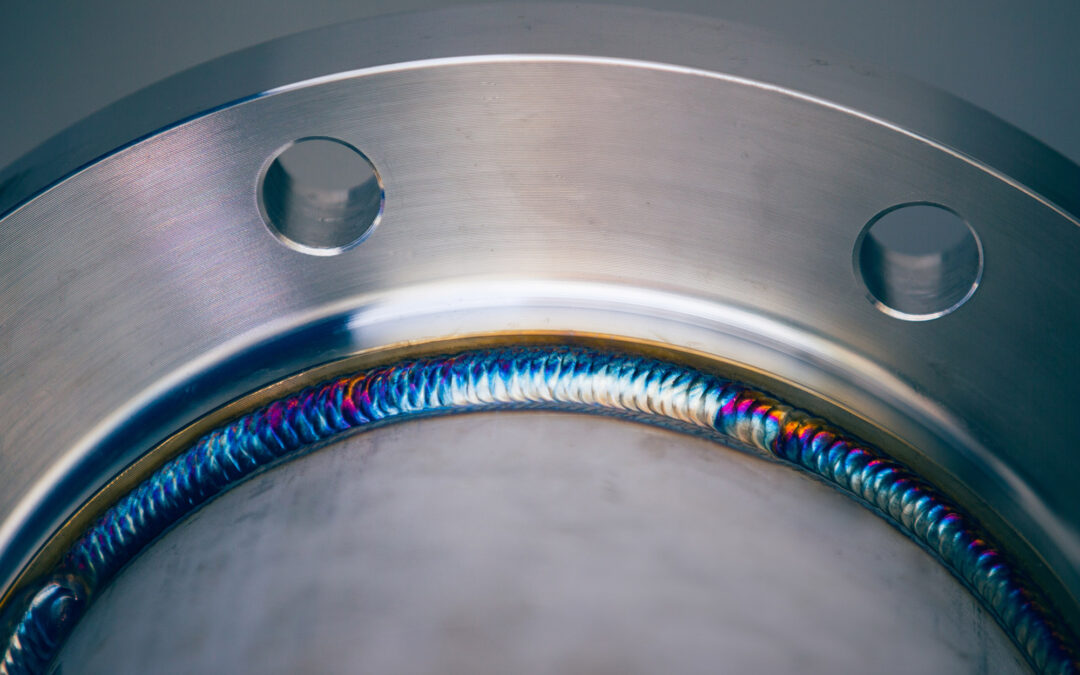Across the globe, countries are experiencing a shortage of skilled workers in the welding industry. With this phenomenon rising at alarming rates year after year, it’s hard not to question why. To answer this question, we have insights from industry leading specialists across three continents. In Australia, a recent employment outlook survey found a large scarcity in skilled trades workers (such as electricians and welders), engineers (electrical, civil, and mechanical) and technicians. This discovery was not unique to Australia, with VDAB – the public employment service of Flanders, Belgium, calling the search for technical personnel problematic after their most recent employment market analysis.
What has caused the welder shortage?
The American Welding Society claims that one of the primary factors causing the current welder shortage is a combination of new growth in the industry and the demand for new talent that comes with that growth. The CEO of Weld Australia, Geoff Crittendon, state that:
“This skills shortage is compounded by a rapidly aging welding workforce; for example, with approximately 30% of Australia’s existing welding workforce aged over 45 years. This heavy proportion of older skilled trade workers, particularly welders, puts into focus the looming issues that industrial sectors are likely to face when baby boomers finally reach retirement age – job positions related to welding will simply become impossible to fill, particularly given the projected increased demand.”
The lack of skilled welders in the labour market has led to a sharp increase in demand for foreign workers. Skilled worker labour sourcing companies have helped bridge the gap between the lack of qualified welders needed by the industry with the quantity of qualified welders available. The Belgium Welding Institute (BWI), along with VDAB have noted the introduction of robotic welding application as a strong possible solution, however, it comes with further difficulties. Welding robots are extremely complex machines, and operation of these robots require increased competencies such as in-depth welding knowledge and programming skills.
BWI together with VDAB agree that industry requirements for welders are undergoing constant growth. To meet demands, companies and welders today have to work in a close union to improve both practical and theoretical life-long knowledge development. Within the manufacturing industry, the mindset of ongoing learning is still in progress compared to other employment markets. There is a heightened need for institutes to actively invest resources in training and education so that welders are equipped with skills adapted to the requirements of the industry. IIW and EWF are prime examples of courses built to suit this, as they are specifically optimised for each level of the educative process.
The Belgian Welding Institute along with VDAB highlight that everybody in the welding industry has an active purpose to assist in promoting the idea of building a career in the welding industry. “The possibilities for continuous learning in welding are not known widely enough. The career options are very broad: from specialization (i.e. in a specific welding process/sector/material), to focusing more on quality and inspection, or towards robotic and automation processes.”
There is a bright looking future for anyone involved or looking to get involved with the welding industry. Never have welders been the subject of such high demand and manufacturing will continue to be an important sector.
To support growth and development in the welding industry, The American Welding Society Foundation supports programs in the form of various researching and educational opportunities. The AWS foundation provides more than $1.8m a year in scholarships and grants to students, institutions and industry professionals.
The Belgian Welding Institute services all welding related companies, schools and other relevant parties as well as VDAB. Together these organisations boast an extensive history in the welding industry; with VDAB directed towards the labour market & available personnel for (re)training, while the Belgian Welding Institute works alongside its industrial members.
Weld Australia is the primary representative body of the entire welding profession in Australia. They are Australia’s representative of the International Institute of Welding (IIW). Weld Australia strives towards the primary goal of facilitating the expansion of a world-class welding industry. Their mission is to breed new opportunities for their members while promoting safety procedures that safeguard the Australian public. Their cohort of members is made up of individual welding professionals and companies. Weld Australia’s community of members are involved in nearly every angle of the Australian industry and provide an important economic contribution.

